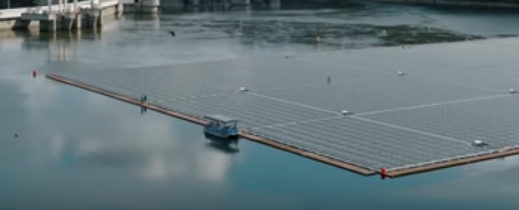The load on the electric grid is variable. It goes up when people get up in the morning and stays high until people go to bed. Depending on where you are in the world, it may peak during the day with business/industrial use of, in a more residential situation, peaks will be in the early morning and evening.
A grid based mostly on hydroelectric power could deal with this but as other power sources such as nuclear were added it became harder to follow the demand. Peaker plants, primarily using natural gas, have been used to meet peak demand but they are very expensive to operate. As we add more and more renewable sources which tend to be intermittent, solar and wind, the problem of meeting peak loads has become harder.
Battery storage such as Tesla’s MegaPack systems have been added to offer more storage but they are relatively expensive. BaroMar is offering a low-cost (and low-tech) alternative. Compressed air storage.
Their “trick” is to build concrete and steel tanks on the ocean floor thus taking advantage of the weight of sea water. Pretty low tech but it should work. You can see their video about it.



